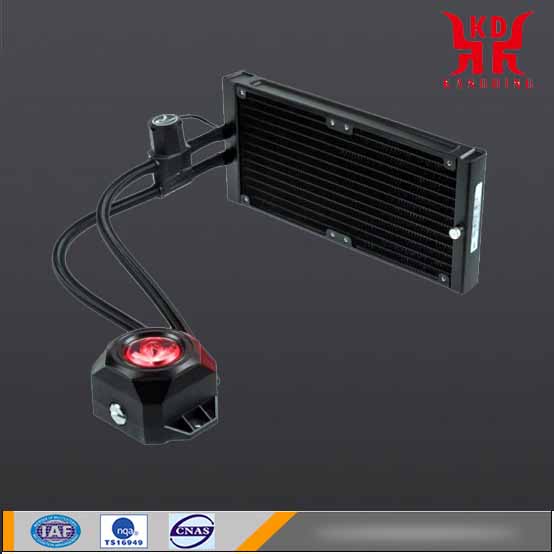Simply put, for conduction, some switch radiation can be conducted to the ground loop through the radiator, which weakens the transmission line and allows more circulation paths. For radiation, a radiator that is not grounded is not only bad, but it is a radiation emission source, which is more harmful to EMC. At the same time, grounding can have a certain shielding effect. Therefore, when laying the board, use large electrolytic capacitors for shielding. This is the reason that the IC is placed under the large electrolytic capacitor to prevent interference.
Common mode interference
The disturbance returns to the source through the parasitic capacitance of the MOS tube and the heat sink, LISN, and the L and N lines. If the MOS tube is grounded, under the condition of a certain disturbance voltage, the impedance is very low and the disturbance current is very large, causing the CE test to fail.
When the switch tube is switched from on to off, the energy stored in the distributed inductor of the pulse transformer will oscillate with C1, causing the voltage between the switching tubes C and E to rise rapidly to about 500V, forming a surge voltage. And generate a pulse train current working according to the switching frequency, through the distributed capacitance Ci between the collector and the radiator and the transformer, the distributed capacitance Cd between the secondary returns to the AC line to form a common mode disturbance current.

figure 1
As shown in Figure 1, Reduce the coupling capacitance Ci between the collector of the switch tube and the heat sink. Materials with low dielectric constant can be used as insulating pads to increase the thickness of the pads. You can also use electrostatic shielding. For example, a layer of sandwich insulator is placed between the collector and the heat sink, that is, a layer of copper foil is sandwiched between the insulator, as an electrostatic shielding layer, and connected to the input DC OV ground. The heat sink is still connected to the chassis ground. This electrostatic shielding layer will greatly reduce the electric field coupling between the collector and the heat sink.









